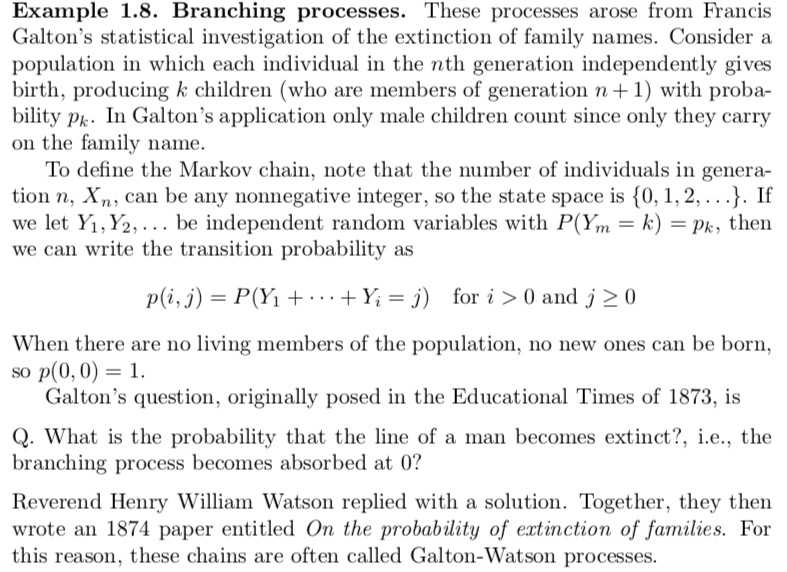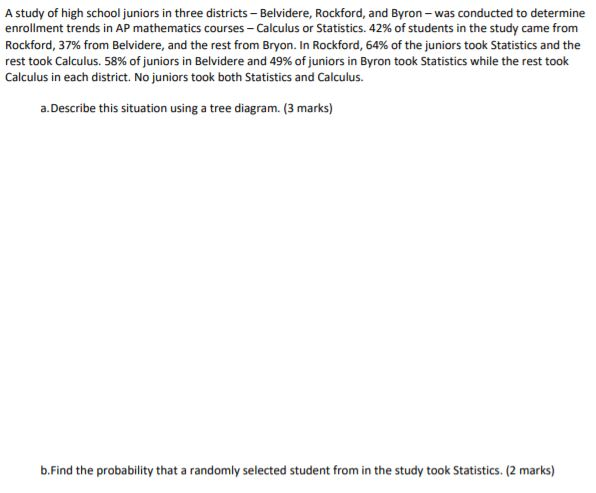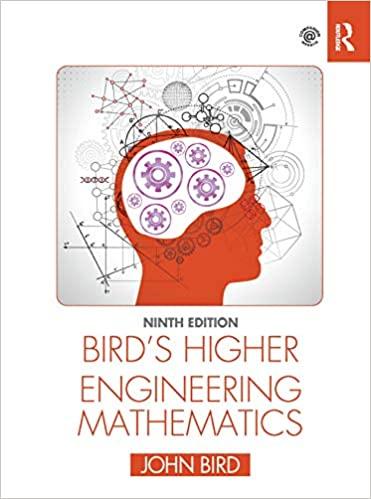Question
Solve the following questions What are the desired data (requirements) of a good average? Compare the mean, the median and the mode in the light
Solve the following questions
What are the desired data (requirements) of a good average? Compare the mean,
the median and the mode in the light of these desiderata? Why averages are
called measures of central tendency?
2. "Every average has its own peculiar characteristics. It is difficult to say which
average is the best." Explain with examples.
3. What do you understand .by 'Central Tendency'? Under what conditions is the
median more suitable than other measures of central tendency?
4. The average monthly salary paid to all employees in a company was Rs 8,000.
The average monthly salaries paid to male and female employees of the
company were Rs 10,600 and Rs 7,500 respectively. Find out the percentages
of males and females employed by the company.
5. Calculate the arithmetic mean from the following data:
Class 10-19 20-29 30-39 40-49 50-59 60-69 70-79 80-89
Frequency 2 4 9 11 12 6 4 2
6. Calculate the mean, median and mode from the following data:
Height in Inches Number of Persons
62-63 2
63-64 6
64-65 14
65-66 16
66-67 8
67-68 3
68-69 1
Total 50
7. A number of particular articles have been classified according to their weights.
After drying for two weeks, the same articles have again been weighed and
similarly classified. It is known that the median weight in the first weighing 53
was 20.83 gm while in the second weighing it was 17.35 gm. Some
frequencies a and b in the first weighing and x and y in the second are missing.
It is known that a = 1/3x and b = 1/2 y. Find out the values of the missing
frequencies.
Class Frequencies
First Weighing Second Weighing
0- 5 a z
5-10 b y
10-15 11 40
15-20 52 50
20-25 75 30
25-30 22 28
8 Cities A, Band C are equidistant from each other. A motorist travels from A to
B at 30 km/h; from B to C at 40 km/h and from C to A at 50 km/h. Determine
his average speed for the entire trip.
9 Calculate the harmonic mean from the following data:
Class-Interval 2-4 4-6 6-8 8-10
Frequency 20 40 30 10
10 A vehicle when climbing up a gradient, consumes petrol @ 8 km per litre.
While coming down it runs 12 km per litre. Find its average consumption for
to and fro travel between two places situated at the two ends of 25 Ian long
gradient.




Step by Step Solution
There are 3 Steps involved in it
Step: 1

Get Instant Access to Expert-Tailored Solutions
See step-by-step solutions with expert insights and AI powered tools for academic success
Step: 2

Step: 3

Ace Your Homework with AI
Get the answers you need in no time with our AI-driven, step-by-step assistance
Get Started


